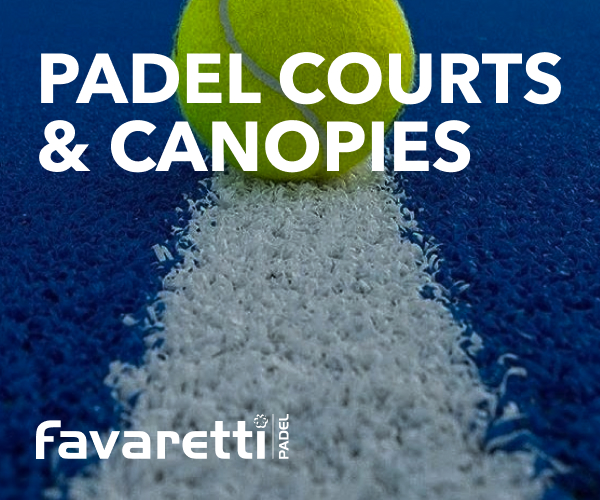Anyone can hit balls around on a padel court – but understanding the game is another thing entirely. If you’re becoming hooked on padel, but are making it up as you go along during matches (or, even worse, simply using tennis tactics on a padel court!) this guide is for you.
Our Spanish padel expert, Joaquín Serna Sánchez, unravels some of the most effective secrets and moves that will allow an amateur player to climb the ladder quickly.
The string theory
Like any sport played in pairs, good chemistry with your team-mate is important. In padel, it’s essential that both players don’t stray too far away from one another.
A key attacking play in padel is for both players to get themselves into an attacking position together at the net – which is most often achieved by playing a good lob. When the ball is in the air, both team-mates should get forward to make your opponents feel under pressure and force them backwards towards the service line.
The same applies in the defensive area (rear of the court). If your opponent plays a good lob, even if only one of the two players moves to retrieve the ball, his or her partner should also retreat with them. By both being at the back of the court, you avoid one player being left at the net, which would make them an easy target with your opponent’s next shot which is likely to be a volley or smash.
So, the ‘string theory’ (or ‘rope theory’) refers to staying close to your partner, as if connected by a short rope, to cover the spaces effectively but remain in harmony.
Get out of the way!
If you tend to have the ball smashed at your feet after playing a poor lob, it’s not because your opponent does it on purpose (or maybe they do), it’s that you’re not moving correctly!
It is crucial to learn how to foresee situations in which your opponents have the opportunity to make a smash. When you can see a smash is imminent, you must run towards the net (the opposite instinct to tennis), ready for the ball to rebound off the back wall glass. If timed right, you may get the chance to take the ball at the net and counter-attack.
When coming to the net in this circumstance, it’s best to advance down the side of the court (next to the fence) then move to a central position, to avoid getting hit by the initial smash, then be well-placed for the rebound.
One of the easiest ways to win points in padel (which can sound a little brutal) is with shots at the opposing player’s body. These gives the opponent little time to react and they may be more worried about getting hit than losing the point.
You are playing padel, not tennis!
If you think padel is just like playing doubles in tennis, think again.
After serving, you need to follow the line of your serve and dash diagonally to the net. It is no good to serve and move a couple of metres sideways and remain at the back of the court, as you will have lost all the advantage that the serve can give you.
Your opponent will feel that you’ve done him or her a favour, as they won’t have two rackets hungrily waiting at the net for their return. Instead, you’re giving him an easy return into the open space, enabling him to play and get to the net. Meanwhile, your partner will be isolated in no man’s land, praying that the next ball that comes to him is not a volley or smash towards his body.

Your service game
Generally in padel, each member of the pair will have a preferred position: the backhand player (who plays on the left) and the drive player (who plays on the right). The backhand player tends to make powerful shots and finish the points, while the drive player has to defend, be patient and prepare the point for his team-mate.
When your team is serving, you should stick to these sides even when the player is serving from her less familiar side. For example, if it is your turn to serve from the right side and you are the backhand player in the team, you should serve then run towards the empty space on the court on the left side to cover the central area and your opponent’s possible straight return. What is not recommended is to force your partner (who plays on the forehand side) to move to the backhand position before starting the point.
Overall, it’s important to bear in mind that padel is a game of patience where the winner is usually the one who simply keeps the ball in play. It is strongly recommended to avoid finishing the point as quickly as possible, as players usually do in doubles tennis.
—————————
If you missed it, take a look at our series on the best rackets for low, medium and high budgets, as well as things to consider before making the decision to buy a new racket.
(Main pic: The Padel Club)









































